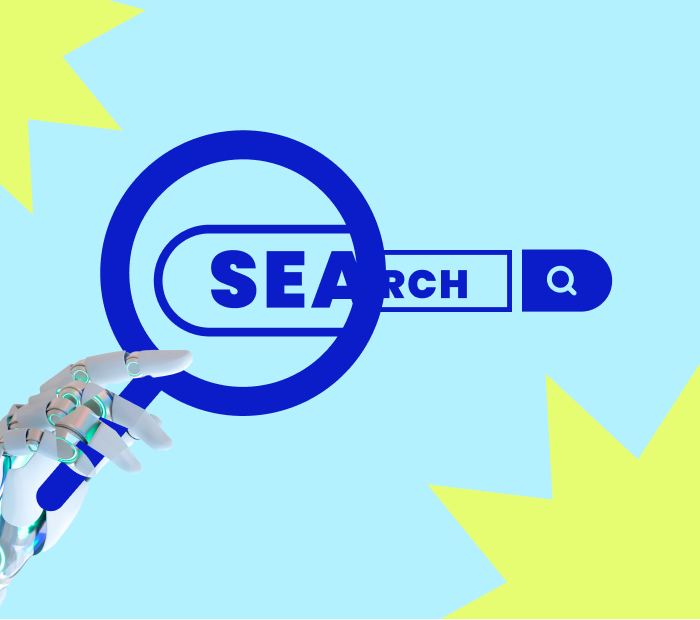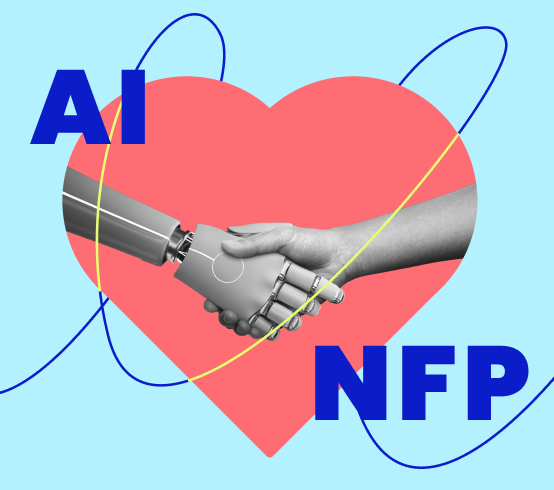
Getting Started with Building Your Business' Branding
Importance of Establishing Your Start Up's Brand Identity
Building a solid brand identity is essential for start-ups as it serves as the foundation for your company’s market image. A strong website branding distinguishes your business from competitors, builds customer trust, and creates the foundation for long-term relationships. Not only that, but it also helps to create a distinctive and memorable customer experience, which leads to customer loyalty and support.
Overview of Key Steps in Branding
Your brand is a promise to your customers. It’s the reason they choose to do business with you and the reason they keep coming back. To build a strong brand, you need to be able to listen to their needs and feedback and make changes as needed. And it takes time to build trust with your customers and establish a reputation as someone they can rely on. There are several steps to follow in building a strong brand identity.
Understanding & Defining Your Audience
Before selling your product or service, you must understand your target consumer. Begin by asking yourself questions such as:
- Who would benefit the most from my product or service?
- What are their demographics (age, gender, location, income)?
- What are their interests?
- What challenges or pain points do they have that my product or service can solve?
Answering these questions will help you conceive a clear image of your target audience and how you can position your brand to appeal to them.
Conducting Market Research
Once you understand your target audience, conducting market research is the next step. Market research involves gathering information about your industry, competitors, and customers. You can do it through surveys, interviews, social media, etc.
Creating Buyer Persona
A buyer persona is a fictional representation of your ideal customer. It includes demographics, psychographics, and behaviours to create a detailed profile. You need to gather information about your target audience to create an effective buyer persona. Start by analysing your existing customer base. Look for commonalities such as age, gender, location, occupation, and income level. This will give you a general idea of who your typical customer is.
Crafting Your Brand Image
Defining Your Brand Identity
Your brand identity is the essence of who you are as a brand and how you want to be perceived by your target audience. To define it, you need to specify your brand’s objective, values, target audience, unique selling propositions, and tone/personality. By addressing these issues, you’ll clearly understand your brand’s identity, guiding all future branding decisions.
Designing Your Logo and Visual Assets
Once your brand identity is defined, translating it into visual elements like logos and visual assets is crucial for shaping a memorable brand image. These elements should accurately represent your brand’s mission, values, and unique selling points. They should also align with your brand’s tone and personality. Keep the designs clean and simple for easy recognition and adaptability across different mediums and sizes. Carefully choose colours and fonts that evoke the right emotions and resonate with your target audience. Consistency is key, so maintain a uniform design across all brand touchpoints. Seek feedback and make revisions to find what resonates best with your audience. Get help from web design services if you need help with your visuals and other website concerns.
Developing Your Brand Voice and Messaging
Consistent Brand Communication
Brand voice refers to the personality and tone of your brand’s communication. It is how you address your audience, the language you use, and the emotions you create. Establishing a distinct brand voice aids in connecting with your target users and increasing brand loyalty.
Consistent brand communication helps build trust, establishes credibility, and increases brand recognition. When your audience knows what to expect from your brand, they are more likely to engage with your content and make a purchase.
Establishing Brand Guidelines
Implementing Brand Consistency Across Platforms
To achieve brand consistency across the platform, provide training and education on brand guidelines to employees and stakeholders. Regular audits of brand collateral, like websites and marketing materials, help identify and address any deviations. Centralise brand assets, like logos and templates, to make them easily accessible. Establish effective collaboration and communication channels to inform everyone about brand updates and changes. These measures help maintain a cohesive and consistent brand presence.
Gathering Customer Feedback and Reviews
Collecting feedback and reviews from customers is vital for business growth and success. It helps businesses understand consumer preferences, identify areas for improvement, and build strong customer relationships.
Effective strategies for gathering and utilising this feedback include simplifying the feedback process through multiple channels, incentivising customers with rewards, actively monitoring online reviews and social media mentions, implementing targeted surveys at key touchpoints, utilising Customer Relationship Management (CRM) software for streamlined feedback management, leveraging positive reviews and testimonials for marketing purposes, and importantly, learning from negative feedback to drive improvements.
Enhance Your Brand Identity With Butterfly's Brand Design Innovations
Seize the chance to be at the forefront of the branding evolution with Butterfly’s profound expertise and commitment to brand design excellence, encompassing strategy, identity, and communication. As a brand and website development agency in Melbourne, you are not only guaranteeing a distinctive and compelling brand identity but also positioning your brand as innovative and customer-focused. Get in touch with Butterfly’s brand design agency today to transform your vision into reality!
FAQs
What does brand solutions team do?
The brand solutions team is responsible for building, maintaining and enhancing the company’s brand presence in all channels. This involves creating the brand identity, crafting messages, developing campaigns and using digital platforms for outreach. They also track customer feedback to measure their results and adjust strategies as necessary.
How can startups leverage social media for branding purposes?
Social media is a powerful tool for startups to establish and strengthen their brand identity. A comprehensive social media strategy should include:
- Creating content that connects with the target audience.
- Engaging in real-time with customers and followers.
- Promoting products or services.
Startups can use compelling tactics and influencer social media marketing to increase reach. Partnering with influencers allows businesses to expand their brand’s reach by tapping into larger networks.
What problem does branding solve?
Digital branding solutions help businesses communicate their values and stand out from competitors. A recognisable brand identity connects emotionally with customers and builds loyalty. Effective branding strategies engage target audiences with compelling messages that generate interest and drive conversions. Consistent branding guidelines across platforms ensure that there’s alignment in messaging.




